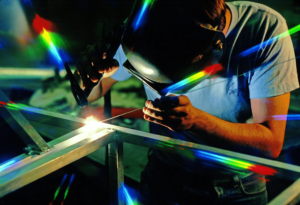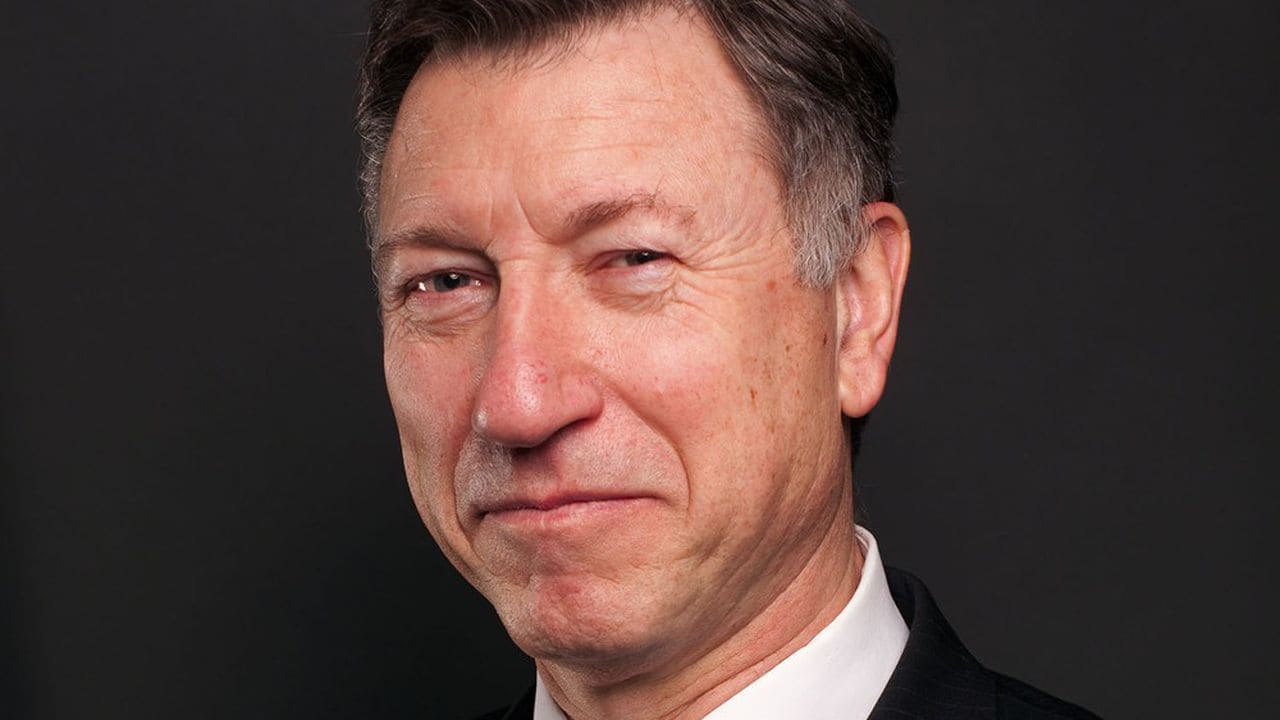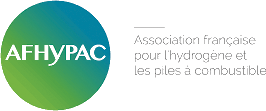
Interview with Philippe Boucly – President of AFHYPAC


Philippe Boucly, President of the French Association for Hydrogen and Fuel Cells, answers our questions about the development of the hydrogen industry. For 20 years, AFHYPAC has been involved in the environmental debate alongside public authorities, to build a more responsible energy model for future generations. The association has more than 140 members and leads an industry of excellence made up of major industrial groups, SMEs, start-ups, research centers and laboratories, competitiveness clusters, energy unions, local authorities and associations. In 2017, AFHYPAC also created the Club des Élus, acteurs de l’hydrogène (Club of Elected Officials, Hydrogen Actors), which represents the voice of local elected officials.

SAFRA – Why has the French hydrogen industry been so active in recent months?
PB – The hydrogen sector is very active at the moment because a strong signal was given a year ago by the government: the launch of the National Hydrogen Plan with strategic development axes for hydrogen in France and quantified objectives, objectives that have been integrated into the Pluriannual Energy Program (PPE). We are in the implementation phase of this plan. Industrial players and regions are mobilized to respond to calls for projects launched by ADEME on mobility ecosystems, but also on industry. AFHYPAC, for its part, is mobilizing industry players on the Green Growth Commitments. This is a tool desired by the Minister of Ecological and Solidarity Transition to implement this Plan through reciprocal commitments between the State and manufacturers to remove certain regulatory, regulatory or legislative barriers. This system is completed by the Strategic Industry Contracts, several of which include hydrogen: New Energy Systems Industry, Railways, Automotive and Marine Industries. The hydrogen industry is therefore mobilized in several ways, not forgetting public policies such as the Pluriannual Energy Program and the Mobility Orientation Law. We are at an inflection point that must not be missed: the structuring of a competitive French hydrogen industry, which is why it is active and visible.
SAFRA – Why is hydrogen a relevant solution for transportation?
PB – Hydrogen is a zero emission solution. A hydrogen vehicle is an electric vehicle that consumes hydrogen and only emits water. It combines the best of both worlds: no pollution, a range equivalent to that of a combustion vehicle and a very short recharging time. If we want to improve air quality and meet the objectives of the Paris Agreement and the Climate Plan, we need to decarbonize the transport sector as quickly as possible: hydrogen contributes to this. The regulatory constraints that cities are putting in place will accelerate the transformation of the transport and mobility sector: hydrogen is already finding its place with large-scale deployments like the 100 cabs in the Hype fleet in Paris. There will be 600 of them in 2020 to transport Parisians and tourists in the streets of the capital. But if hydrogen is relevant for intensive use, it is also relevant for heavy mobility: buses, trucks, garbage trucks, trains, barges and boats. Several local authorities have chosen hydrogen for their bus lines and will be putting them into service before the summer in the Nord region, in Artois-Gohelle, and in the fall in Pau.
SAFRA – To the argument “hydrogen is too expensive”, how do you respond?
PB – Like all advanced technologies in the pre-deployment phase, hydrogen is still expensive, it’s true, but economies of scale are possible and quickly. For that, we need to change scale, to massify in order to industrialize. We have seen this development for all emerging technologies: solar panels, flat screens, Lithium-ion batteries, etc…As an example, I would cite Toyota, which produced 3,000 copies of its Mirai in 2018. Within 5 years, with a production of 30,000 copies per year, Toyota will sell the hydrogen vehicle at the price of the hybrid. In terms of economic calculation, it is important to go beyond the strict calculation of production costs. Hydrogen is a versatile energy carrier that can provide multiple services and benefits. When comparing with other solutions, we must try to integrate all the parameters: the ancillary services that hydrogen brings to the electrical systems, the investments in network reinforcement that hydrogen makes it possible to avoid, the impact on public health thanks to the improvement in air quality, the improvement in the balance of trade by the reduction in hydrocarbon imports and the possibilities of exporting equipment, the reduction in energy dependence, the development of local employment, etc.
SAFRA – Is hydrogen as “clean” as people would have us believe?
PB – Hydrogen is totally “clean” at its point of use. Its combustion only releases water, as I mentioned earlier. But hydrogen is an energy carrier and must therefore be produced. Used for a very long time in industry, it is currently produced by methane cracking, which leads to the release of 10 kilos of carbon dioxide per kilo of hydrogen produced, but the aim of the National Hydrogen Plan is to massively develop the production of decarbonized hydrogen. By producing it by electrolysis of water with electricity from nuclear or renewable energy sources or by thermolysis of biomass, the virtuous circle is set up. France has a very low-carbon electricity mix: this is a major advantage for developing clean hydrogen production.
SAFRA – What are the future prospects for hydrogen in France and Europe in the coming years?
PB – Asian countries are investing massively in hydrogen technologies. In France and Europe, we still have the means to become world leaders, but we need to change scale now. In France, we have large groups (Air Liquide, EDF, Engie, Total) that have the skills, resources and great ambitions, as well as SMEs and ETIs that have developed cutting-edge technologies and research centers of excellence (CEA, CNRS). Hydrogen offers real economic prospects for our country and for Europe. In France, the development of hydrogen represents a strong potential for creating value and jobs in our territories: in 2030, it could represent a turnover of nearly 9 billion Euros and 40,000 jobs*. The change of scale is underway in France and Europe with large-scale mobility projects and massive production of hydrogen from renewable energies. This is a real opportunity to seize for the reindustrialization of our country and the acceleration of the ecological transition.
*Study “Let’s develop hydrogen for the French economy” carried out with the assistance of McKinsey for AFHYPAC, CEA, Air Liquide, Alstom, EDF, Engie, Hyundai, Faurecia, Michelin, Plastic Omnium, SNCF, Total and Toyota.
In a world facing ever more pressing environmental issues, transition
“A stone has no hope of being anything other than
The fourth leading cause of mortality in the world, air